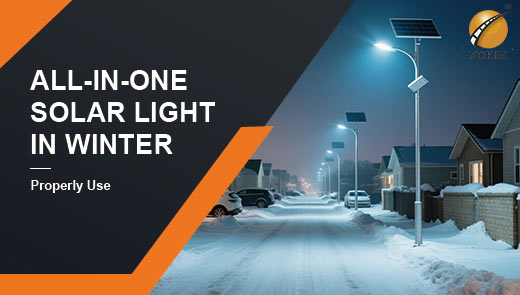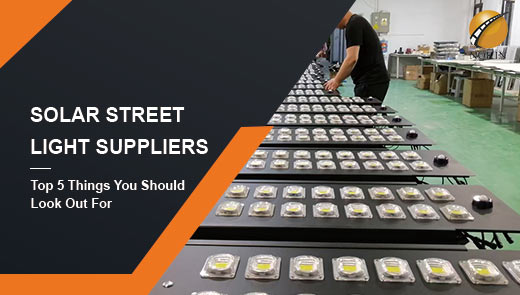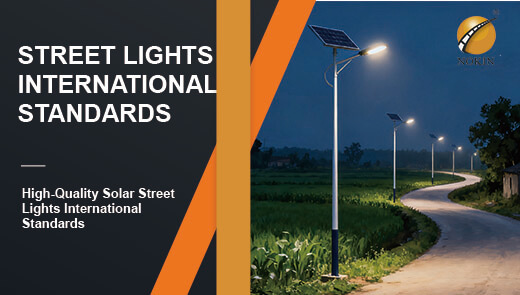-

How to Turn Solar Street Lights On and Off Automatically?
Oct. 10, 2025Learn solar street light automatic control: principles (light sensor, photoresistor), 3 methods, maintenance tips & FAQs. Save energy/labor with NOKIN’s 2025 practical guide.View More + -

Solar Lighting in Winter: Performance Put to The Test by The Cold
Oct. 09, 2025Winter’s cold and short days test outdoor solar street lights, addressing misconceptions like cold-harming photovoltaic panels (cold boosts their output). It covers core battery challenges (solved by NiMH batteries), optimizes installation for short daylight, and provides 5 efficiency methods. Key maintenance and tailored selections for high-altitude, heavy snow, urban, and rural cold areas ensure stable winter illumination.View More + -

Top 5 Things You Should Look Out For Solar Street Light Suppliers
Sep. 30, 2025Want to avoid solar street light failures (e.g., short runtime, no after-sales)? Learn 5 key factors to select high-quality solar street light suppliers—quality, certification, warranty, cost. Cut extra repair expenses!View More + -

Why Are Solar Street Lights More Expensive Than LED Street Lights?
Sep. 29, 2025Compares solar and LED street lights, explaining solar ones’ higher price via complex cost structures (solar panels, batteries, controllers), customized LED bulbs, low-voltage safety designs. Highlights solar’s long-term zero energy costs, rural grid adaptability, and offers procurement tips to choose based on component quality and scenarios.View More + -

Benefits of Solar Street Lights for Urban Areas
Sep. 28, 2025Learn how solar street lights reduce municipal costs, lower emissions, boost urban safety & support smart cities. Ideal for urban infrastructure upgrades.View More + -

High-Quality Solar Street Lights International Standards
Sep. 26, 2025Solar street lights are mainstream for low-carbon lighting but rely on international standards (by CIE, national bodies) for quality. Standards cover uniformity (with ratios and grid measurement), color temperature (warm <3500K, cool >5000K, no extremes), and CRI/Ra (≥50 minimum). Compliance is verified via certifications and third-party tests, ensuring safety, efficiency, and environmental protection.View More +

